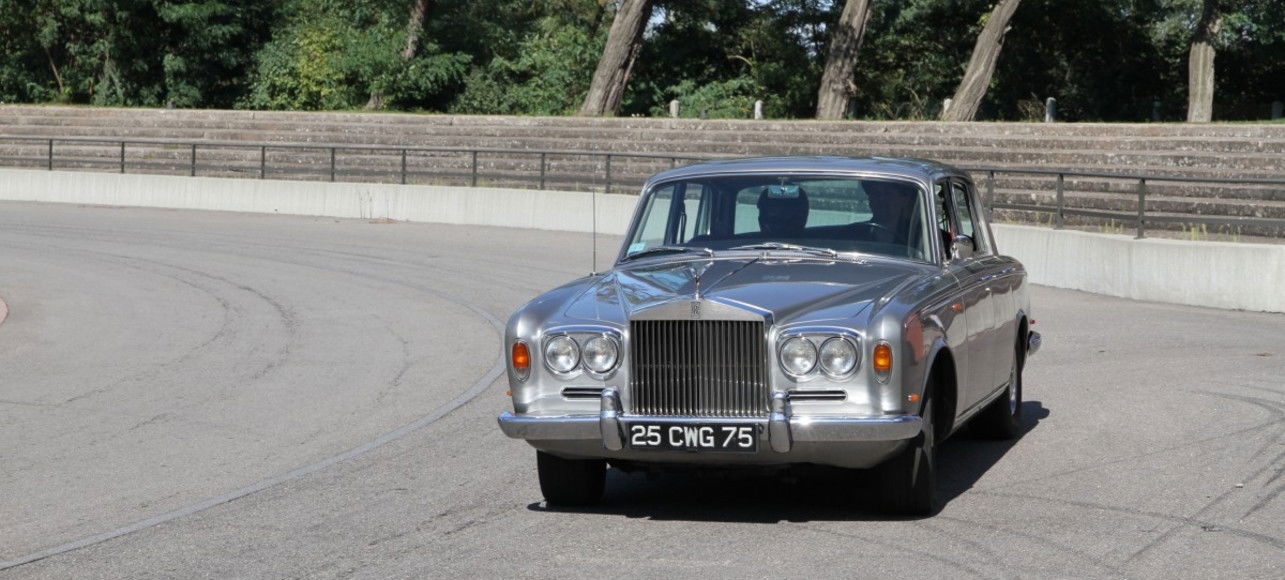Rules About Black & Silver Number Plates On Classic Cars

Any proud owner of a classic car usually wants to keep the vehicle as close to its original condition as possible. Owners will do their best to make everything from the paintwork to the performance of the classic is preserved, or restored. This of course includes black and silver number plates as well. They are seldom seen today, but the iconic black and silver number plates were first issued in 1903 in the UK, following the Motor Car Act. A1 was actually the very first number plate to be issued. These black and silver plates were used frequently up until the 1970s, and now of course we use the yellow and white plates, which have been around since 1968.
The UK’s Legal Requirements
Car owners can still legally display a black and silver number plate as long as their car was registered before the 1st of January 1980. This is thanks to a new law that was passed in 2021, which also allows owners to keep their classic car looking more authentic. They will be able to maintain the vehicle’s traditional look, without having to add on a modern number plate. Their classic car must have been registered with the Historic Vehicles taxation class, if it was registered after then it won’t be exempt, and will need to be fitted with a modern yellow and white plates with the clear black characters.
Number Plates That Are Illegal
If your classic car fits the criteria above for displaying a black and silver plate then of course it’s legal for you to do so. Otherwise you need to display the standard UK number plate; the white background for the front of the car and yellow for the rear, with the black characters. Anything else will be illegal, including:
- Changing the characters on the plate in any way.
- Changing the configuration by putting gaps in the characters.
- Having more decorative characters that are difficult to read, like an unusual font.
- Having plates that don’t display the British Standard number plate symbol.
If your number plate isn’t considered legally valid, then you can end up with a fine of up to £1,000. Also, your vehicle would automatically fail it’s MOT. Of course, you can get perfectly legal specialist number plates to give your pride-and-joy a unique look, from places such as newreg.co.uk.
Getting Your Black And Silver Number Plate
So, as the proud owner of a classic car that was registered before 1980, you are able to display a classic looking black and silver number plate. There are suppliers out there that can make you a plate like this that fits the legal requirements.For the most authentic look, you could opt for a pressed metal number plate, which contains silver extruded letters on a black background. Although this can look perfect on a classic, it is the most expensive choice. Alternatively, you could go for a plastic plate, which offer hand painted characters instead. As long as the characters are on a white background then the plate will be legal.


